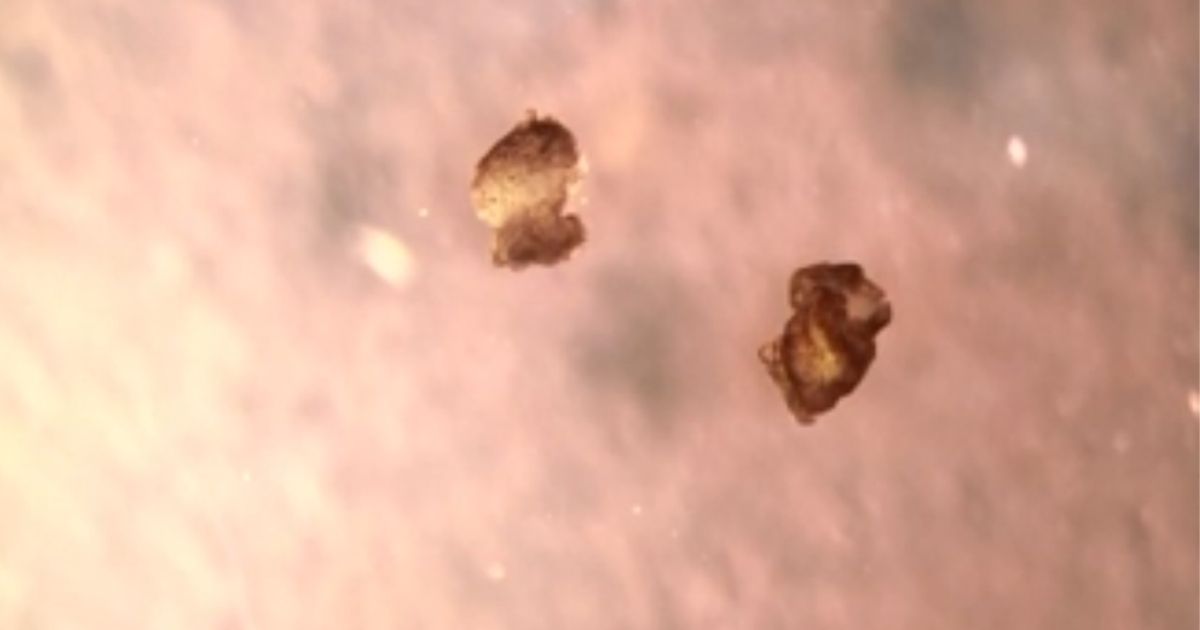A marriage of technology and biology has produced what are being billed as “living robots” that can reproduce.
Last year, scientists presented what lead researcher Joshua Bongard of the University of Vermont called “novel living machines,” which amounted to so-called robots that were grown from stem cells taken from frog embryos, according to Science Alert.
He said his “xenobots” were “neither a traditional robot nor a known species of animal. It’s a new class of artifact: a living, programmable organism.”
And now, according to a study published in the Proceedings of the National Academy of Sciences journal, the research team has used artificial intelligence to help the “xenobots” to reproduce.”
“Here we show that clusters of cells, if freed from a developing organism, can similarly find and combine loose cells into clusters that look and move like they do, and that this ability does not have to be specifically evolved or introduced by genetic manipulation. Finally, we show that artificial intelligence can design clusters that replicate better, and perform useful work as they do so,” the study’s authors wrote.
“This suggests that future technologies may, with little outside guidance, become more useful as they spread, and that life harbors surprising behaviors just below the surface, waiting to be uncovered.”
In the study, cells combined with each other when left to incubate produced a new generation of cells.
“This form of perpetuation, previously unseen in any organism, arises spontaneously over days rather than evolving over millennia. We also show how artificial intelligence methods can design assemblies that postpone loss of replicative ability and perform useful work as a side effect of replication,” the researchers wrote.
[firefly_poll]
The study’s authors said they have found a new way to create life.
“People have thought for quite a long time that we’ve worked out all the ways that life can reproduce or replicate. But this is something that’s never been observed before,” said Douglas Blackiston, who worked on the study, according to the New York Post.
The world’s first living robots, known as xenobots, can now reproduce — and in a way not seen in plants and animals, scientists say https://t.co/1IwKjZJS2W
— CNN (@CNN) November 29, 2021
“This is profound,” Michael Levin, a co-leader of the research, said. “These cells have the genome of a frog, but, freed from becoming tadpoles, they use their collective intelligence, a plasticity, to do something astounding.”
The scientists indicated that they hope to develop a use for what they have created.
“If we knew how to tell collections of cells to do what we wanted them to do, ultimately, that’s regenerative medicine — that’s the solution to traumatic injury, birth defects, cancer, and aging,” Levin said.
“All of these different problems are here because we don’t know how to predict and control what groups of cells are going to build. Xenobots are a new platform for teaching us,” he said.
Bongard said the “xenobots” redefine what a robot is, according to CNN.
“Most people think of robots as made of metals and ceramics but it’s not so much what a robot is made from but what it does, which is act on its own on behalf of people,” he said.
Self replicating robots? Oh good, because they *never* run amok in science fiction stories. https://t.co/RZbJ1oC7qW
— Gareth L Powell (@garethlpowell) November 29, 2021
“In that way it’s a robot but it’s also clearly an organism made from genetically unmodified frog cell,” he said.
“The AI didn’t program these machines in the way we usually think about writing code. It shaped and sculpted and came up with this Pac-Man shape,” Bongard said. “The shape is, in essence, the program. The shape influences how the xenobots behave to amplify this incredibly surprising process.”
The research was funded in part by the Defense Advanced Research Projects Agency.
“There are many things that are possible if we take advantage of this kind of plasticity and ability of cells to solve problems,” Bongard said.
This article appeared originally on The Western Journal.



 Continue with Google
Continue with Google